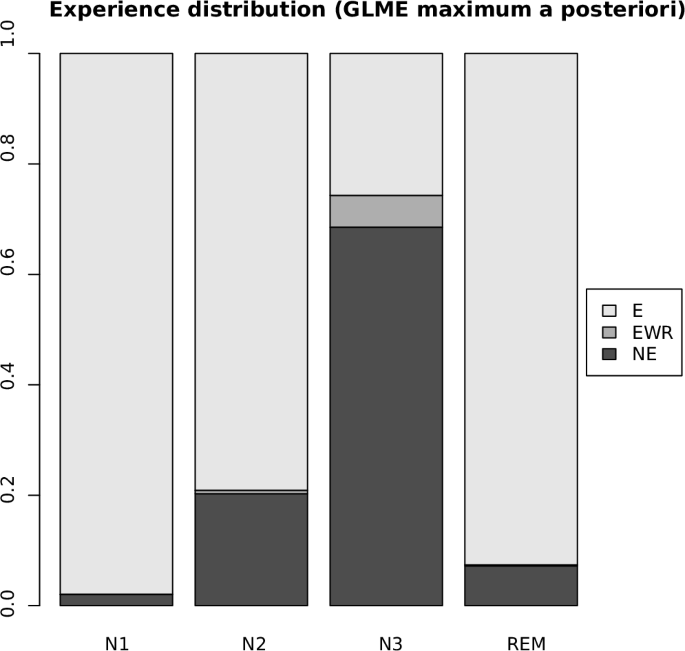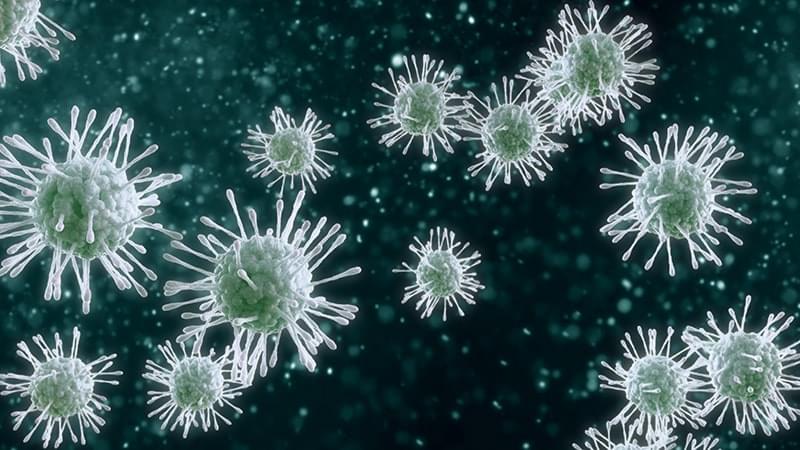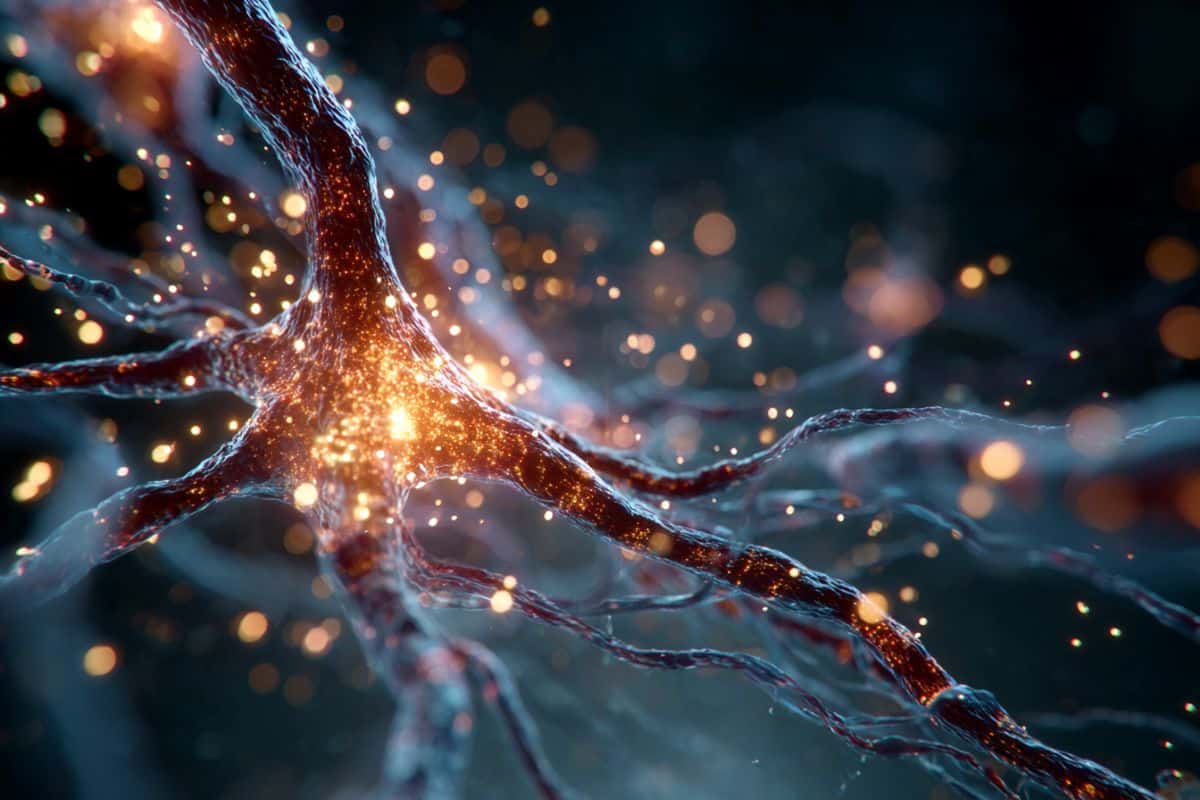The same pulling force that causes “tears” in a glass of wine also shapes embryos. It’s another example of how genes exploit mechanical forces for growth and development.




GMI Cloud is stepping deeper into the AI infrastructure boom. The U.S.-based GPU-as-a-Service provider said Monday it will build a $500 million artificial intelligence data center in Taiwan, a project that will run on Nvidia’s NVDA-1.88% ▼ new Blackwell GB300 chips and come online by March 2026. Bit by bit, Taiwan is becoming a major hub for next-generation compute, even as the island continues to wrestle with power-supply constraints.

A novel beam diagnostic instrument developed by researchers in the University of Liverpool’s QUASAR Group has been approved for use in the Large Hadron Collider (LHC), the world’s most powerful particle accelerator.
The new device, known as the Beam Gas Curtain (BGC) monitor, addresses one of the toughest challenges in modern accelerator physics: measuring the properties of very high-energy particle beams without disturbing them.
It has now been cleared for continuous operation (~2,000 hours per year).



For millennia, dreams have been a source of fascination, but their systematic study is a modern endeavor with significant scientific applications. Investigating subjective experiences during sleep can inform research into consciousness itself, aid in understanding memory consolidation, and provide insights into sleep disorders like sleepwalking. Despite this importance, progress has been hampered by a persistent challenge: dream studies are resource-intensive, often resulting in small sample sizes that are difficult to compare across different laboratories.
To address this limitation, a consortium of 53 researchers from 37 institutions across 13 countries came together to build the Dream EEG and Mentation database, known as DREAM. Coordinated by Monash University in Australia and supported by organizations including the Bial Foundation, the project aimed to centralize and standardize decades of dream research.
The goal was to create a large-scale, publicly accessible resource that would allow scientists to conduct more robust and comprehensive analyses of the dreaming brain. Giulio Bernardi of the IMT School for Advanced Studies Lucca in Italy, a contributor to the project, noted that the effort represents a decisive step in the scientific exploration of human consciousness by gathering vast amounts of research into a single place.
The team assembled data from 20 different studies, resulting in a collection of more than 2,600 records of awakenings from 505 participants. For each record, the database contains electroencephalography, or EEG, recordings, which measure the brain’s electrical activity using electrodes placed on the scalp. Some records also include magnetoencephalography, a related technique that measures magnetic fields produced by the brain’s electrical currents. These neurophysiological recordings are paired with a report from the participant upon waking.
A dream EEG and mentation database.

Although the flu season seems off to a quiet start in the US, warnings from abroad suggest that a new strain may yet shake up the US healthcare system. New data reported in the British Medical Journal showed a significant increase in flu rates in the UK, largely among young adults and school-aged children. The cases are dominated by a new H3N2 strain, which mutated several times over the summer, increasing in severity, according to experts.
Data from Canada, UK, and Japan reveal an H3N2 flu variant that may affect 2025–2026 season.
